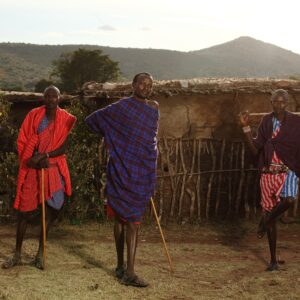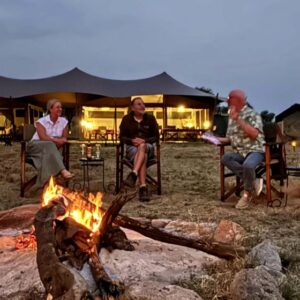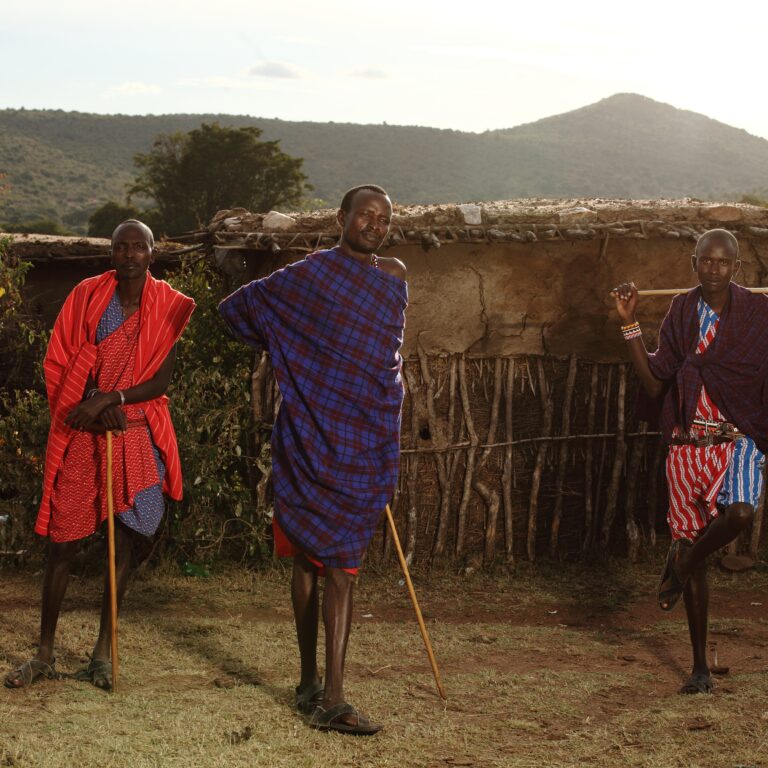Common 10 Interesting Eland Facts and Information
The eland is the largest African bovid, but the slowest antelope. It can only run about 40 kph (25 mph), but it can jump 3 m (10 ft.) from a standing start. When walking, tendon or joints in the eland’s foreleg produce a sharp clicking sound. The cause of which has not been widely investigated.
The common eland, also known as the southern eland or eland antelope. Large-sized savannah and plains antelope found in East and Southern Africa. Amazing Facts About the Massive Eland Antelope is that an adult male is around 1.6 m tall at the shoulder and can weigh up to 942 kg with a typical range of 500–600 kg, 340–445 kg for females.
Facts 1: Oh Deer, or Rather, Eland!
In the Netherlands, a moose is called an Eland (or elk). This name originated in Europe, where it was used to mean “big deer.” Interestingly, this term was also applied to the wapiti in North America before the true moose (or elk) arrived and caused confusion.
Dutch settlers brought this naming tradition to Africa in 1977. Dubbing what they saw as the first large animal they encountered as an Eland. However, the Eland is not a deer; it belongs to the bovid family.
To add to the mix, the Eland’s scientific name is T. Oryx, which can be confused with the genus Oryx, containing different antelope species. There are now two “elanden” species in Africa. The Common Eland, second in size only to the Greater Eland, the largest antelope on the continent. Chaos, indeed!
Facts 2: They’re Huge
Elands are the biggest antelope in Africa. While the Common Eland is shorter than its Greater cousin, it’s still an impressive sight. A decent-sized Common Eland stands up to 1.8 meters (5.9 feet) tall and can weigh over 900 kg (1,984 lbs). Although the average weight is around 600 kg (1,323 lbs).
These magnificent herbivores spend their time grazing on grasses during the rainy season and browsing leaves in winter. They often form herds of up to 500 individuals, sometimes mingling with zebras, oryx, and other antelopes in Southern Africa.
Facts 3: Endurance and Adaptations
The Eland is the slowest antelope when it comes to running speed, reaching only about 40 km/h (25 mph). However, it compensates with remarkable endurance. When walking, the tendons or joints in the Eland’s foreleg produce a sharp clicking sound. Although Interesting Facts About the Eland the exact cause remains a mystery. These spiral-horned antelopes have a long history in human culture and continue to play unique roles, even contributing to novel soup recipes!
Facts 4: Conservation Status:
Fortunately, Common Elands are classified as Least Concern by the International Union for Conservation of Nature (IUCN). Their Interesting Facts About the Eland long history in human culture and their role in traditional soups contribute to their continued existence. Let’s celebrate these magnificent antelopes and appreciate their unique place in the African wilderness!
Facts 5: Diet and Feeding Habits
As herbivores, Elands primarily feed on a diet of grasses, leaves, and shrubs. Their Interesting Facts About the Eland broad muzzle and specialized digestive system enable them to efficiently extract nutrients from tough vegetation. Making them well-suited to their grazing lifestyle.
Facts 6: Reproduction and Lifecycle
Mating among Elands typically occurs during the rainy season when food is abundant. During this time, dominant males engage in fierce battles to establish mating rights with females in the herd.
Gestation and Birth: After a gestation period of approximately 9 months, female Elands give birth to a single calf. Newborn calves are remarkably agile and can stand and walk within hours of birth. Allowing them to keep up with the herd.
Facts 7: Behavior and Social Structure
Elands are known for their docile nature and prefer to graze peacefully in large herds. These interesting facts about the eland antelope social animals form herds consisting of both males and females, with dominant bulls leading the group. Despite their size, Elands are surprisingly agile, capable of sprinting at impressive speeds when threatened.
Facts 8: Horns
Both male and female Elands boast impressive, spiral-shaped horns. Unlike many other antelope species, interesting facts about the eland animals where only males possess horns, female Elands also exhibit this striking feature. These horns can grow up to 3 feet in length, adding to the Eland’s majestic appearance.
Facts 9: The Eland: A Fascinating Creature
The Eland, scientifically known as Taurotragus oryx, holds a special place in the ecosystem of the African plains. Interesting facts about the eland for kids is that renowned for its impressive size, the Eland is considered one of the largest antelopes in the world. With its striking spiral horns and distinctive markings, this iconic species captivates the imagination of wildlife enthusiasts and researchers alike.
Facts 10: They communicate with their knees
It’s said you can always hear a herd of eland coming. For mysterious reasons, their front knees click as they walk, and the sound of multiple individuals can be heard from several hundred meters away.
Nobody has figured out exactly why this is, but it might have something to do with keeping the herd together. Alternatively, it’s been shown that the quality of the sound can indicate the size of the animal, which suggests that males can size one another up without resorting to expensive battles.
Facts 11: Common elands will also vocalize
Elands can bark when they spot a predator, which warns the rest of a herd. As well as vocalizations and knee clicking, they also have various display behaviours including trotting forwards and backwards, as well as scent cues. Eland have many predators, including lions, cheetahs, spotted hyenas and African wild dogs.








